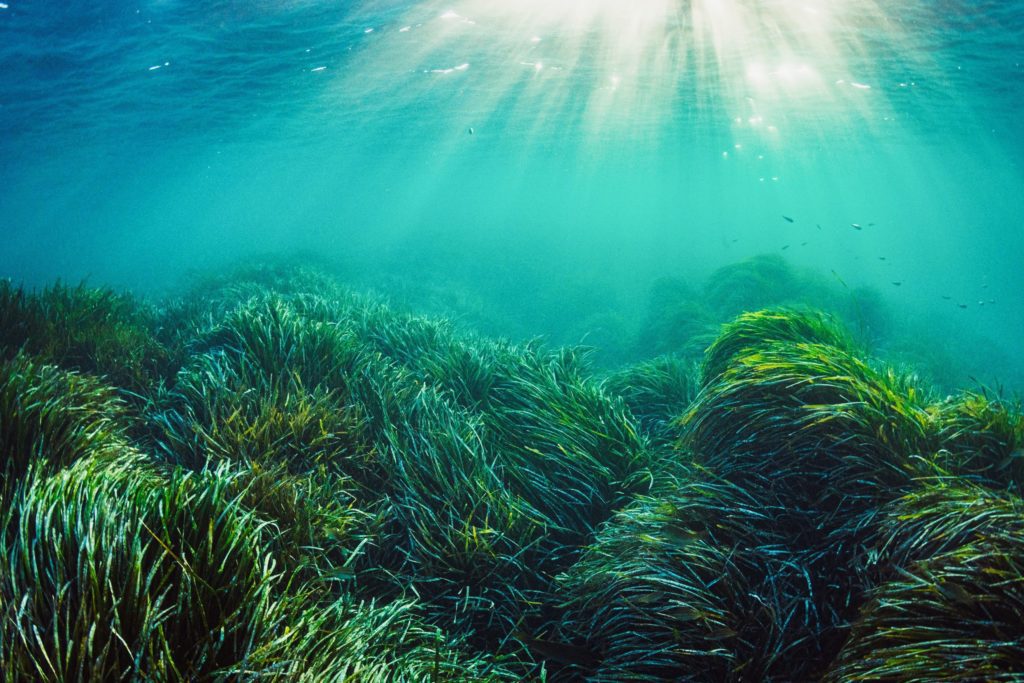
Understanding how the ocean works is foundational to understanding life on this planet and to the discipline of oceanography. Get to know the big systems of the ocean: its cycles, circulation, zones, and connection to the atmosphere. Learn about ocean chemistry, life and landscapes on the seafloor, plate movements, shorelines, and icy regions.
All Topics on How the Ocean Works
Coastal Science
Although the oceans cover most of Earth, the tiny sliver of the coastal ocean greatly influences, and is most influenced by, human activity.
Cycles
Oceanic cycles — chemical, physical, and biological — are related to cyclic processes in the Earth's atmosphere, such as the seasons, El Niño events, and long-term climate changes.
Frozen Ocean
The polar regions are experiencing unprecedented environmental changes that have significant potential impacts on global climate, ecosystems, and society.
Ocean Chemistry
The understanding of chemistry in the ocean is critical because changes can influence marine life, and in turn, human life.
Ocean Circulation
Ocean currents and water properties play large roles in Earth's climate and ecosystems.
Ocean Zones
The ocean water column is made up of five zones: the sunlight (epipelagic), twilight (mesopelagic), midnight (bathypelagic), abyssal (abyssopelagic) and hadal zones (trenches).
Ocean-Atmosphere Connection
The complex connections of these two systems are responsible for Earth's weather and climate.
Seafloor & Below
From plate tectonics to underwater mountain ranges spanning the globe, the seafloor and below encompasses a large field.

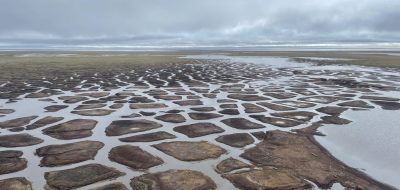

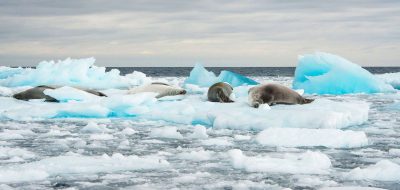
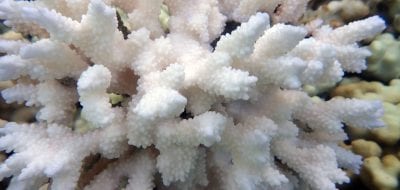
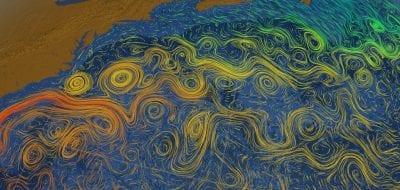
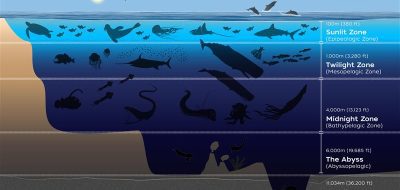
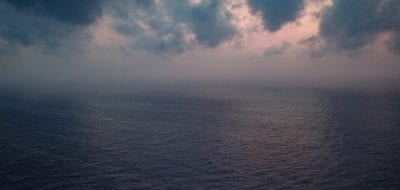
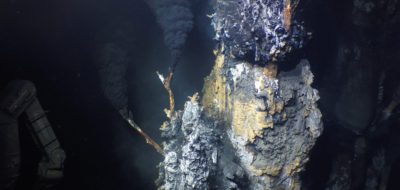
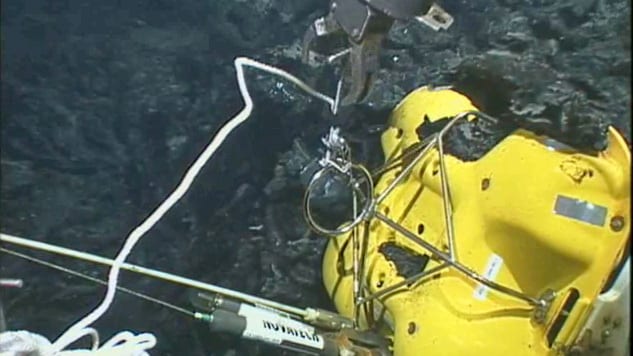
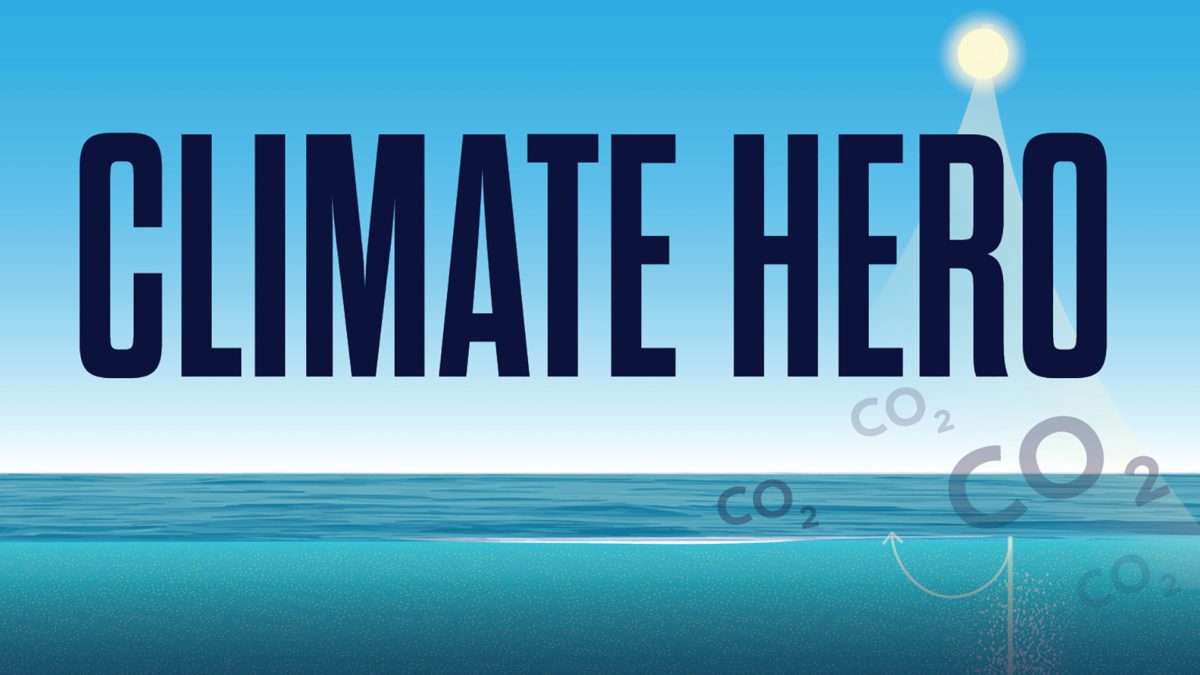
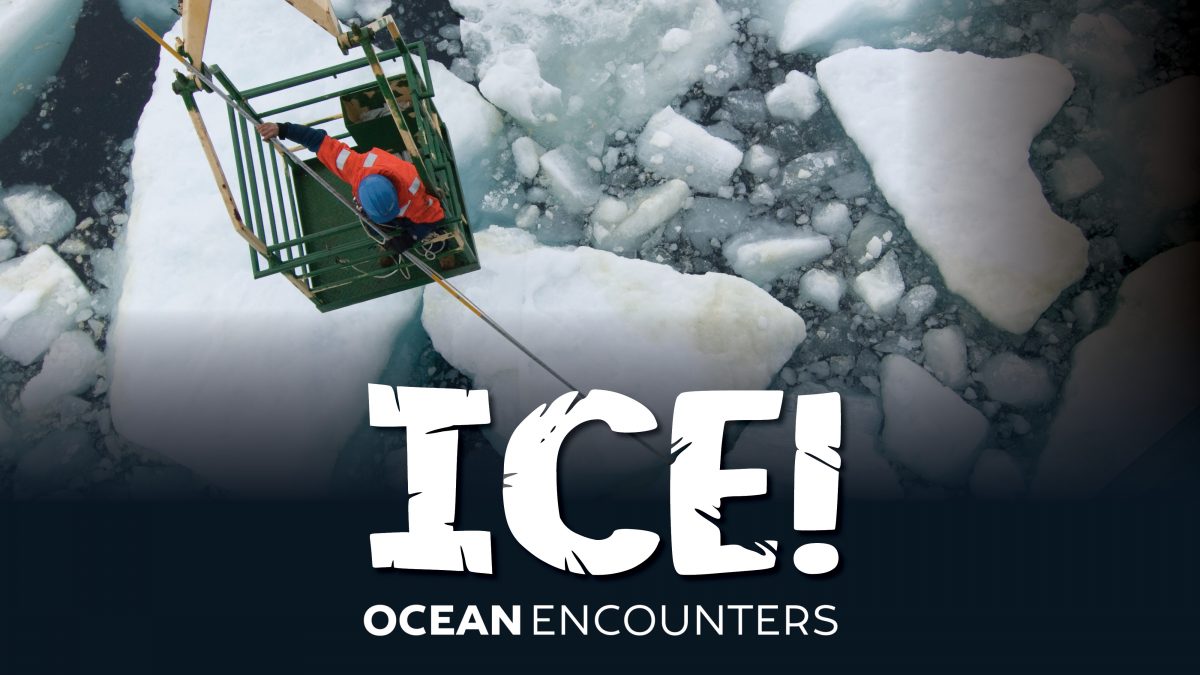
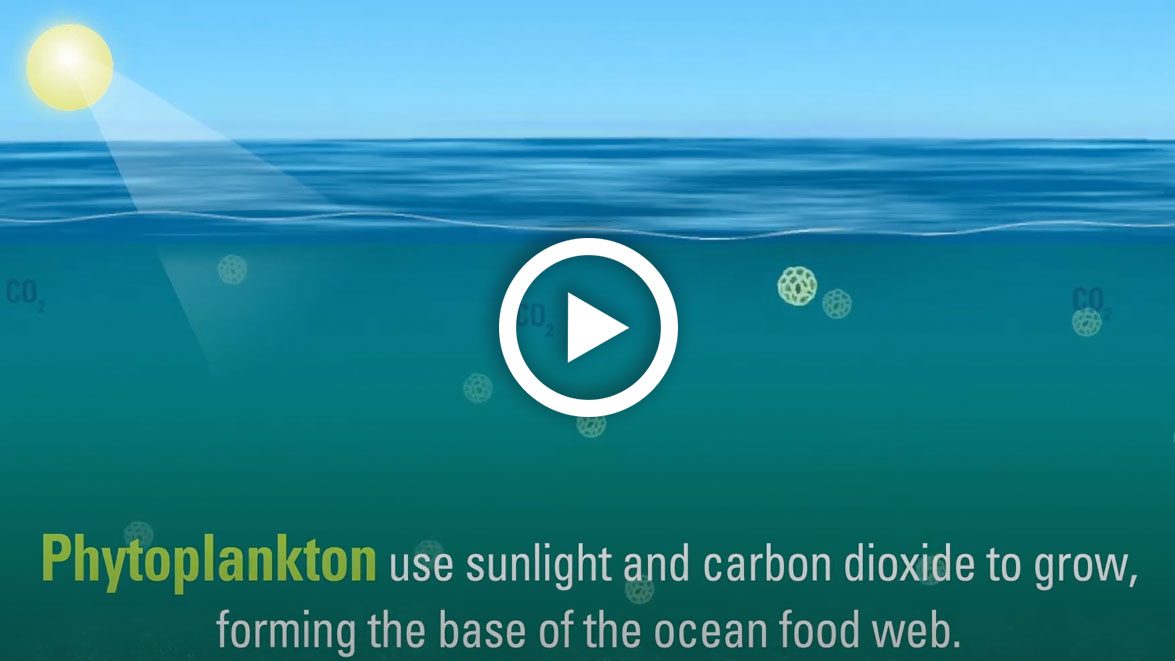
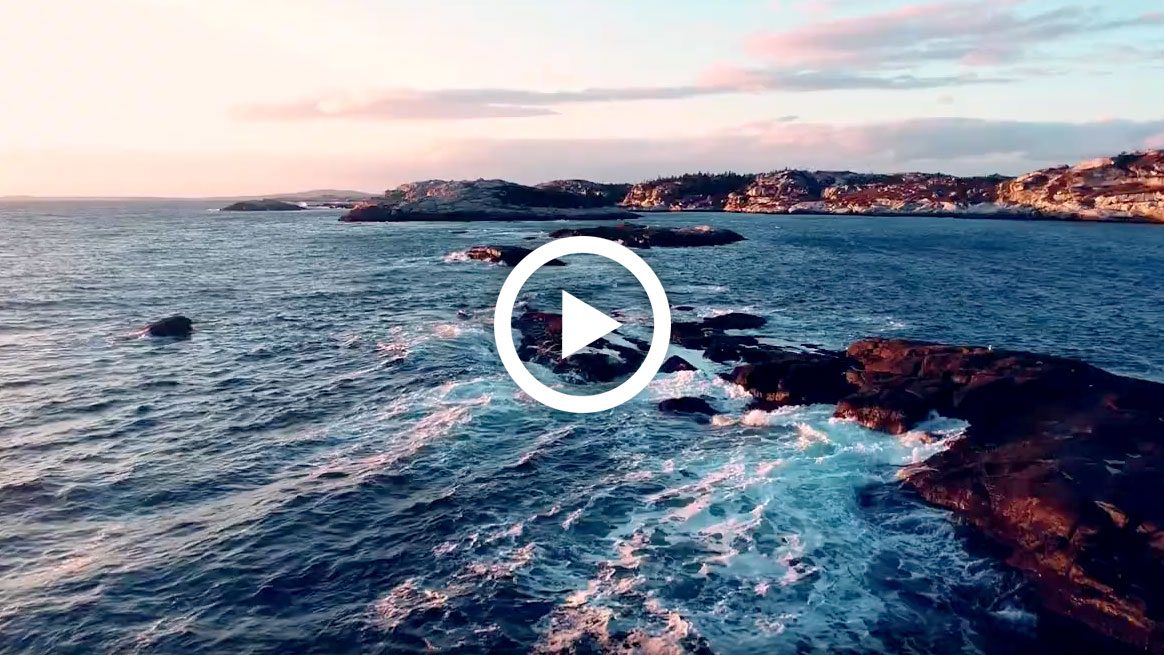

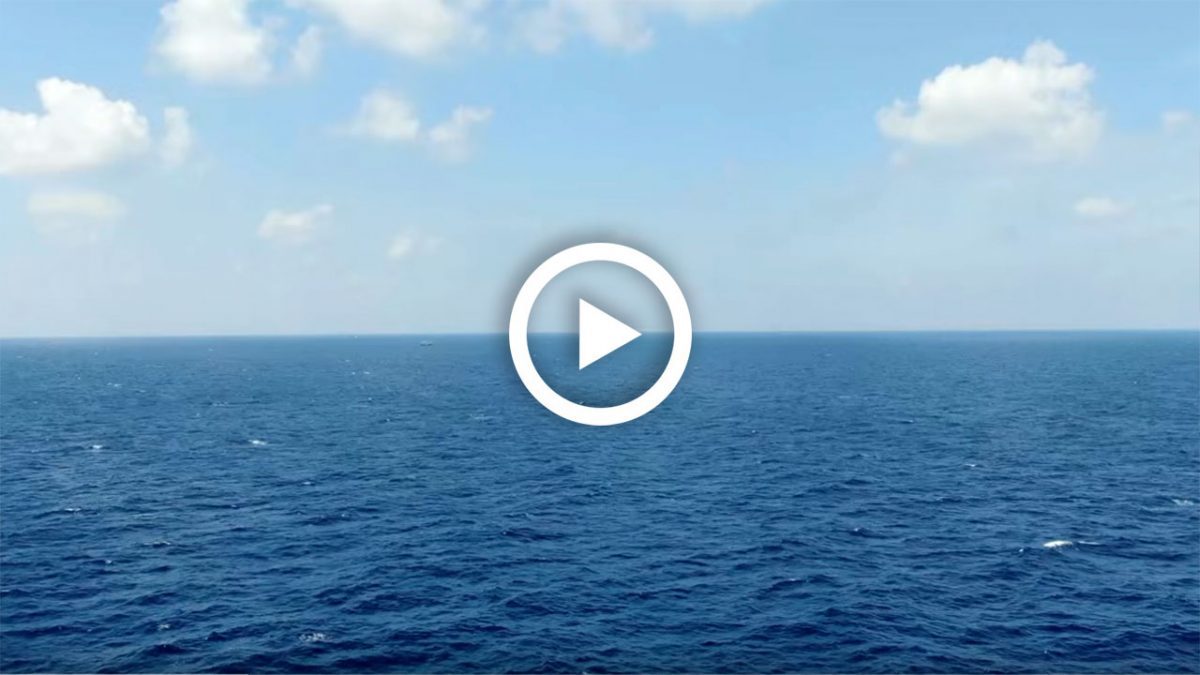

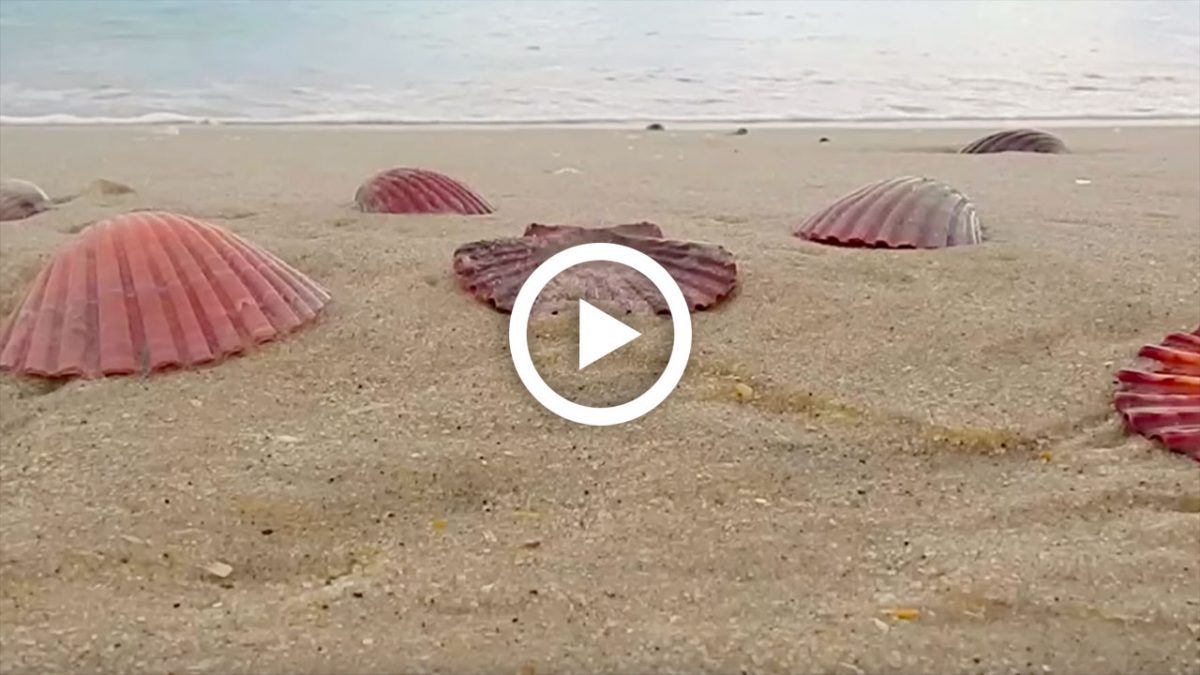
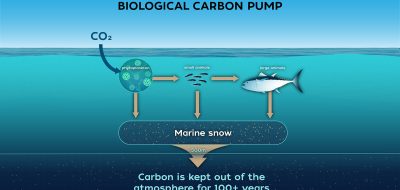
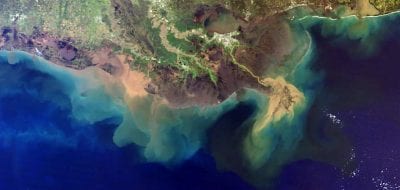
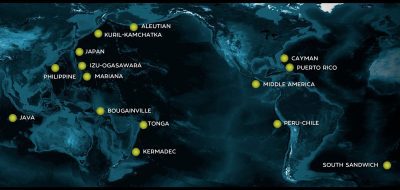

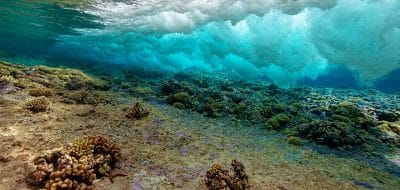

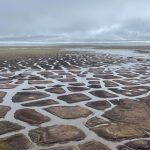 Coastal Science
Coastal Science  Cycles
Cycles  Frozen Ocean
Frozen Ocean  Ocean Chemistry
Ocean Chemistry 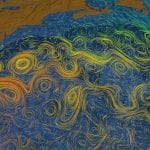 Ocean Circulation
Ocean Circulation  Ocean Zones
Ocean Zones  Ocean-Atmosphere Connection
Ocean-Atmosphere Connection  Seafloor & Below
Seafloor & Below